A Neolithic passage tomb in the Boyne Valley, County Meath in Ireland was discovered in 1699AD and became a tourist attraction long before it was excavated and restored from 1962AD to 1975AD by the late Professor Michael J. O’Kelly, Professor of Archaeology at University College Cork.
Most tombs are discovered underground, often by accident, but Newgrange was already well known.
According to ancient.eu, Newgrange was built long before Stonehenge, the Mycenaean culture of ancient Greece and the pyramids in Giza. The construction took place about 3200BC and is part of one of the most important megalithic complexes in Europe.
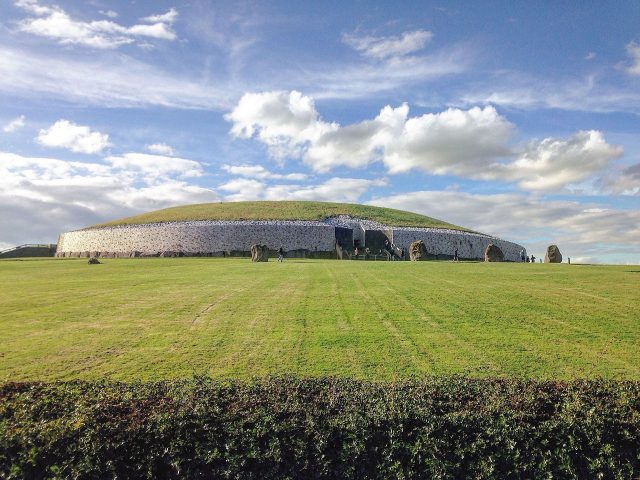
Two other ancient structures are also present, Knowth and Dowth as well as thirty seven burials. Newgrange is two hundred and forty nine feet across and thirty nine feet high and covers about an acre of land.
Upon entrance to the tomb one would find a sixty two foot passageway that leads to a large central chamber with three smaller chambers in the walls corresponding to three directions – north, west and south. O’Kelly believed it was not just a burial chamber but a monument because an opening in the roof coincides exactly with the winter solstice.
When the rock covering the hole is removed the entire chamber and passageway are brightly illuminated during the sunrise of December 21.
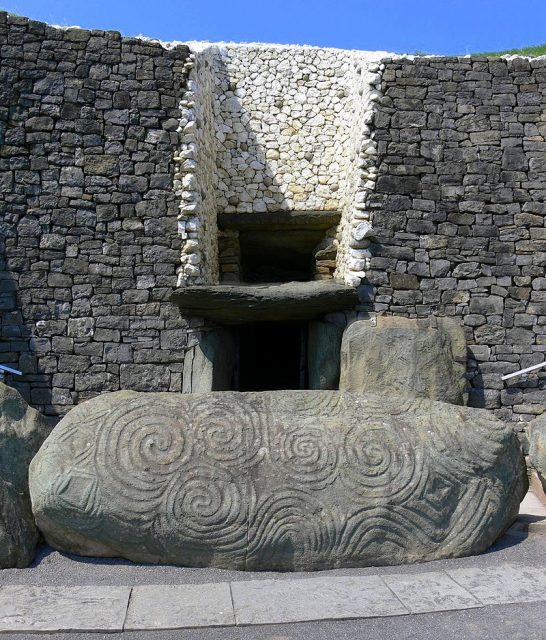
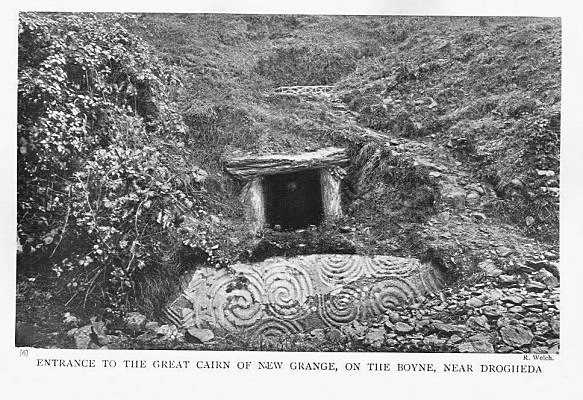
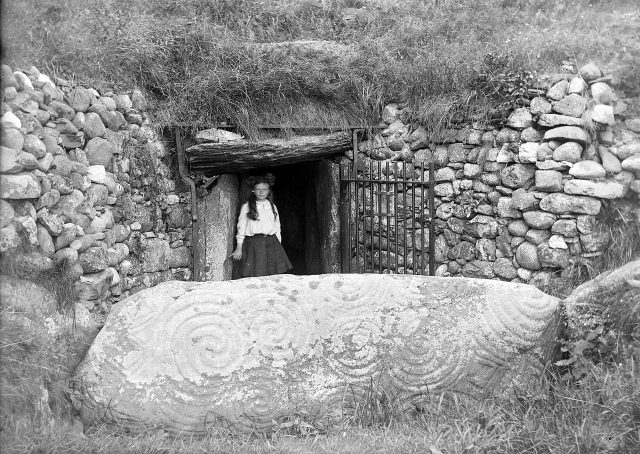
The base is surrounded by ninety seven granite and quartz stones making a kerb. The entrance stone is highly decorated with swirls, circles, chevrons and other megalithic art symbols, according to newgrange.com.
The stone age peoples who built the mound seem to have been skilled artisans in a well ordered society who used stone, antler or bone for tools.
The stones just for the kerb would have weighed two hundred thousand tons leading researchers to believe they were brought by boat up the River Boyne.
The builders took special care to ensure the monument would remain dry by packing sand from the river and putty made from burnt soil into the joints of the roof’s stones. They also cut grooves into the roof slabs to channel the water away from the structure which has remained dry to this day.
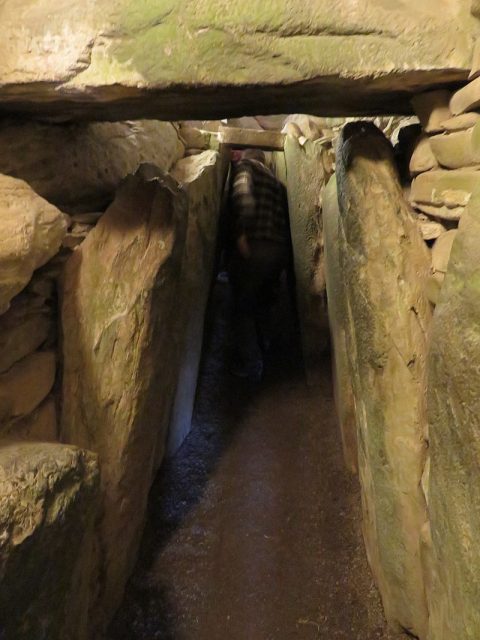
O’Kelly relates the story of finding the mound in his work, Newgrange: Archaeology, Art and Legend. The land owner in 1699AD, Charles Campbell, was looking for stones.
In a large mound on his property he found the type of stones he was looking for and as they were carted away the entrance to the tomb appeared.
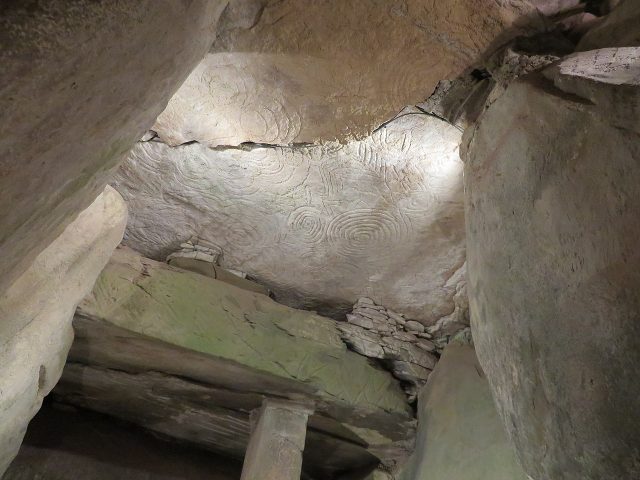
Welsh scholar and antiquary, Edward Lhwyd, just happened to be in Ireland and upon learning of the discovery he rushed to Newgrange. He took notes and of the letters he wrote four of them survive.
After that Sir Thomas Molyneaux of the University of Dublin researched the “cave”, as they called it, and after his information was released more researchers than ever were attracted to the mound who, unfortunately, helped themselves to some of the artifacts inside.
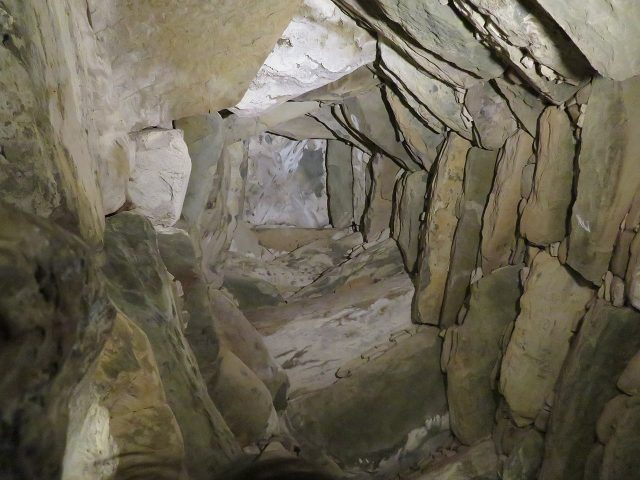
None of these people, however, believed the monument was created by the “crude and barbarian” natives of Ireland. Because of this many believed it had been built by Vikings or Egyptians.
In the 19th century, scholar John O’Donovan and artist George Petrie investigated the mound and produced a much more reasonable account.
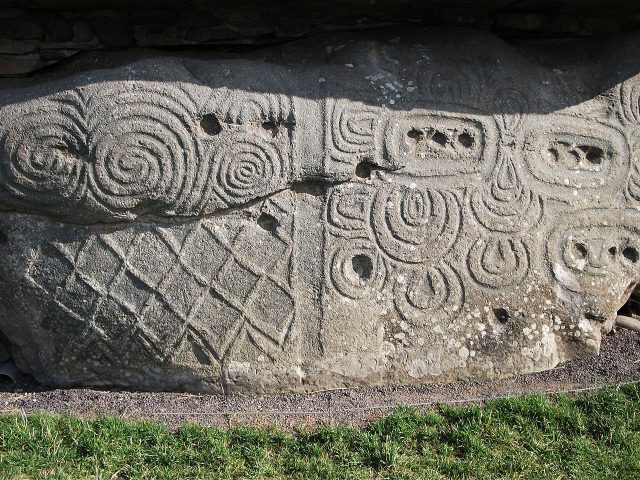
In 1882 AD the monument was transferred to the care of the government of the United Kingdom of Great Britain and Ireland under the Ancient Monuments Protection Act and conservation began. In 1993 AD Newgrange was designated a World Heritage Site by UNESCO and is one of the most famous Neolithic burial sites in the world.
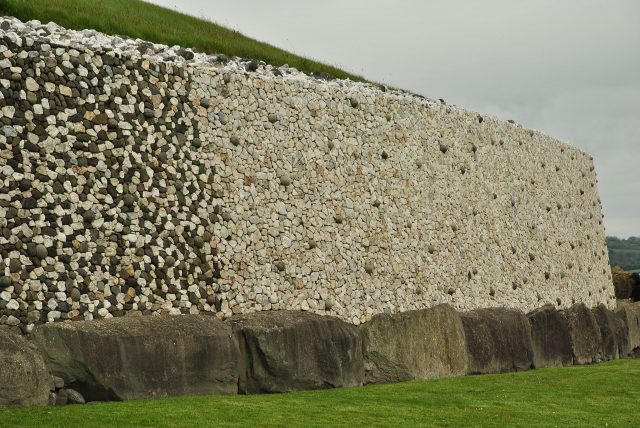
Over two hundred thousand tourists visit Newgrange every year and a lottery is held to select those who wish to participate in the sunrise observance at the winter solstice.
After the Celts invaded Ireland about the 3rd century BC the monument was largely forgotten during the suppression of Gaelic culture by the English.
Another Article From Us: Ancient Arrows Dating Back 6,000 Years Found in Ice in Norway
After the Norman Conquest of 1169 AD the English increased their suppression until the Irish finally rebelled in the early 20th century culminating in the newly created Republic of Ireland in the 1920s.
